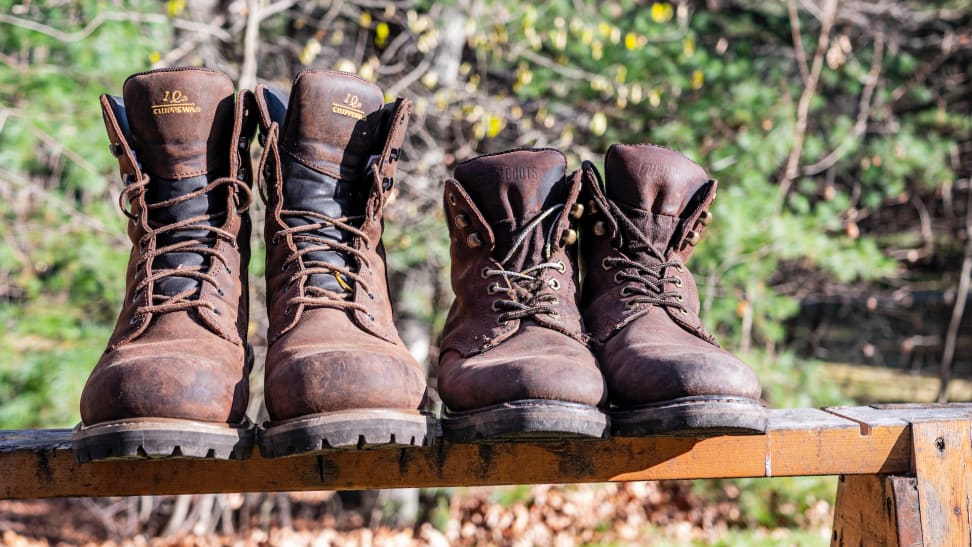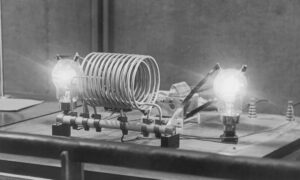One of the most important things when shopping for work boots is getting the right fit. Poorly fitted boots can lead to all sorts of foot issues like blisters, bunions, and even back pain from walking unevenly. Here’s how to get the Best Work Boots: Hard Yakka just right:
Leave a Thumb’s Width – At the toe box, there should be a full thumb’s width of space between your longest toe and the front of the boot. Any tighter and your toes will jam into the toe cap when bending.
Lock in the Heel – Your heel should fit snugly into the boot with minimal sliding or slippage when walking. Too loose and you’ll get blisters. Too tight restricts movement.
Try Them On Late – Feet tend to swell slightly throughout the day. Try boots on in the evening when your feet are largest to get an accurate fit measurement.
Walk and Flex – Don’t just stand still. Walk around and bend your knees/ankles to ensure the boots allow proper flexing and movement without restrictions.
Choosing the Right Materials
The materials used in work boots contribute hugely to their durability, protection, weight, breathability and overall comfort. Be sure to pick the ones best suited to your job’s specific demands.
Leather – Full-grain leather is the premium choice for abrasion resistance and lasting toughness, though it’s heavier. Nubuck is more breathable and lightweight.
Synthetics – Manmade leathers and fabrics like Cordura nylon are lighter, more flexible, and often waterproof but may not be as hardwearing.
Rubber/TPU – Look for rubberized toe boxes or thermoplastic polyurethane (TPU) for extra impact and crush protection around the toes.
Waterproofing – Boots using waterproof membranes like Gore-Tex keep your feet dry in wet conditions. Waterproof leathers require more maintenance.
Prioritizing Safety Features
Many work boots now come loaded with specialized safety features beyond basic toe protection. Depending on your workplace hazards, you may want to look for:
Steel/Composite Toes – Traditional steel toes are maximum protection. Non-metallic composite toes are lighter weight.
Met/Non-Met Guards – Metatarsal guards shield the entire top of your foot from impacts and crush hazards from above.
Electrical Hazard (EH) – Special EH-rated soles insulate against shocks and burns from live electrical circuits.
Slip/Oil/Chem Resistant – Boots marked OR, OD, SD, etc have slip-resistant outsoles for traction on slick surfaces.
Specific Safety Standards – Many boots meet ANSI, ASTM, OSHA or CSA safety standards for hazardous jobsites.
Finding Optimal Comfort
Don’t forget about keeping your feet comfy and supported throughout long work days spent on your feet! Pay attention to features like:
Ample Cushioning – Look for boots with cushioned insoles or air-injected midsoles to absorb shocks from walking on hard surfaces.
Arch Support – Boots offering solid arch support reduce foot fatigue and may accommodate orthotics.
Breathability – Moisture-wicking liners and perfed uppers allow sweat and heat to escape, preventing bacteria buildup.
All-Day Ankles – Boots with ankle protection prevent common ankle rolls/sprains on uneven terrain.
Choosing High Quality
Finally, for maximum longevity from your work boots, it’s worth investing in premium quality over budget options. Look for:
Goodyear Welt or Stitchdown Construction – These classic shoemaking methods make boots resoleable for years of wear. Heat-Resistant Soles – Avoid soles that get sticky or wear down quickly from hot surfaces like pavement or asphalt. Brand Reputation – Stick to trusted brandnames like Timberland Pro, Red Wing, Keen, Wolverine, etc known for rugged workmanship.
Although top work boots have higher upfront costs, they’ll actually save you money over constantly replacing cheaply made pairs every season. Do your feet a favor and suit up with quality from the start!



































